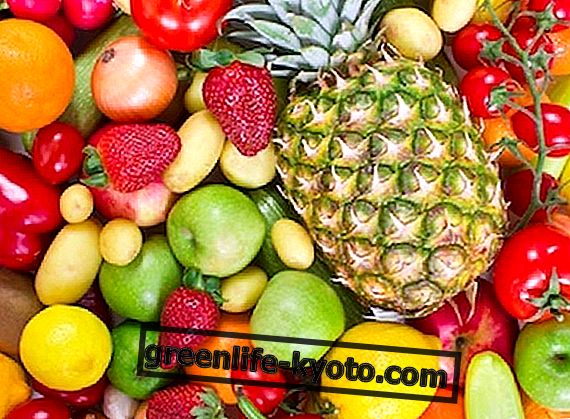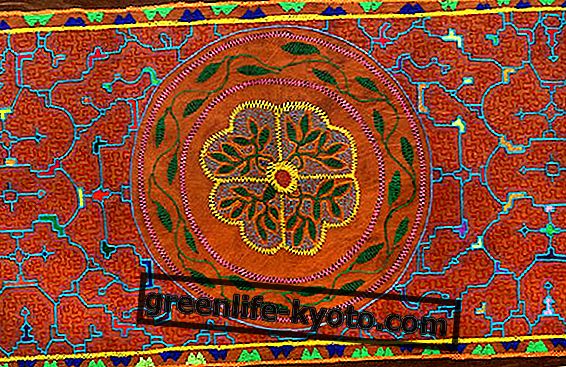
It seems that the great battle to eliminate plastic has begun. Each of us, in some way, is called to participate.
Especially in these days when the topic engages the media, public opinion and institutions, it seems to be the right moment to put in an extra gear to understand how to solve the problem and learn a great lesson for the future.
History of plastic
First of all, as Sun Tzu teaches us in his Art of War, the first thing to do is to know the enemy as much as possible : the plastic. But is he really an enemy?
It will be curious to discover that the first natural plastic materials were already used in Mesoamerica a millennium and a half before the birth of Christ. These were gums, latex and vegetable-based lacquers .
It was then the turn of the chemical industry that in the nineteenth century invented celluloid, PVC, polystyrene and polyethylene.
With twentieth-century consumerism, these innovations established themselves on a large scale. In a sort of gold-hunting of the twentieth century, the market was invaded by new materials: cellophane, neoprene, nylon, teflon, polypropylene and kevlar .
Given that at the time we focused more on the immediate profit than on the long-term ecological impact, it was not realized that the evil was not the plastic itself, but the quantities produced . Any other material produced in similar quantities would have been harmful.
The picture of the situation on plastic
Let us now try to understand the picture of the current situation. In recent years, many groups attentive to the health of the planet have conquered spaces on free information. It is above all thanks to them that we now realize the damage that plastic waste has to the environment.
Large dumps like cities in Africa and South America, real plastic islands floating on the oceans, ubiquitous microplastics in the seas, on the beaches, in food of animal and vegetable origin.
Many governments have opened their eyes, starting to study recycling and consumption reduction policies, while some large multinationals have joined forces to find alternative solutions to eliminate plastic.
Recently the European Parliament voted against the ban on the use of disposable plastic. If the new legislation is definitively approved, from 2021 we will say goodbye to disposable plates and cutlery, plastic straws and cups, cotton buds and other products.
How to get rid of plastic
However, the change must not only take place from above, ie from governments and multinationals. Individuals must also struggle in this battle to eliminate plastic and safeguard the planet, through a series of simple and affordable behaviors:
> prefer, if available, objects of other natural materials: bamboo toothbrushes, wooden or metal hangers, wooden picnic forks, etc .;
> choose the bioplastics obtained from corn, wheat or tubers;
> use common sense and do without essential objects such as straws, at the center of a global campaign;
> always carry cloth bags and water bottles with you ;
> prefer, when possible, paper packaging;
> avoid products, such as gels and skin creams, that contain microbead or microspheres, ie spheres of plastic materials with a diameter of less than a millimeter.
Do you have any other ideas? Step forward! Several multinationals are ready to financially support any brilliant idea that allows the elimination of plastic from their products.











